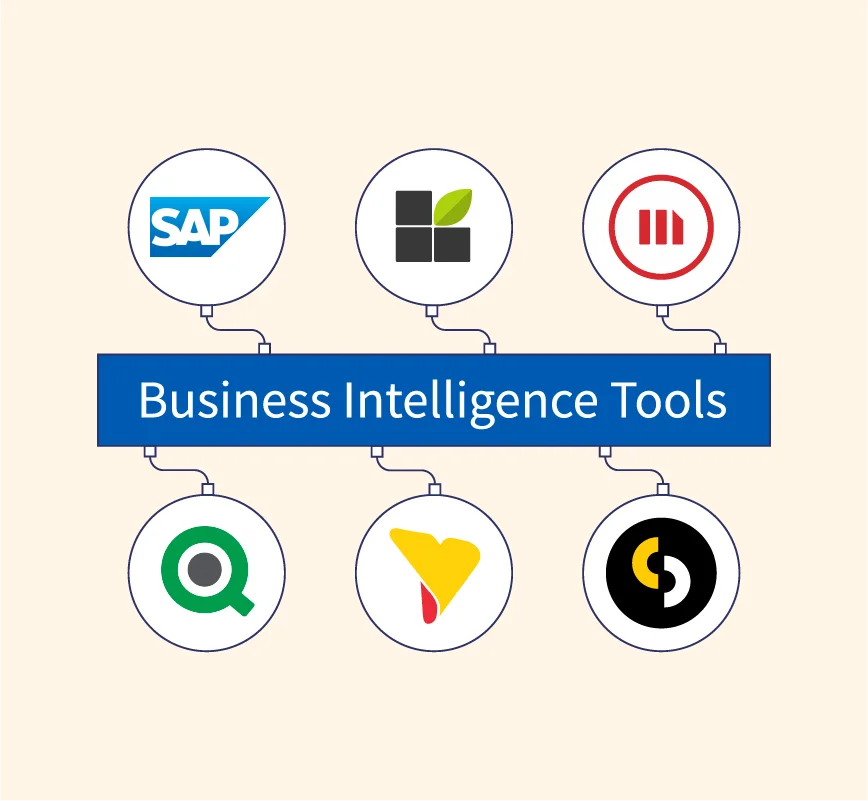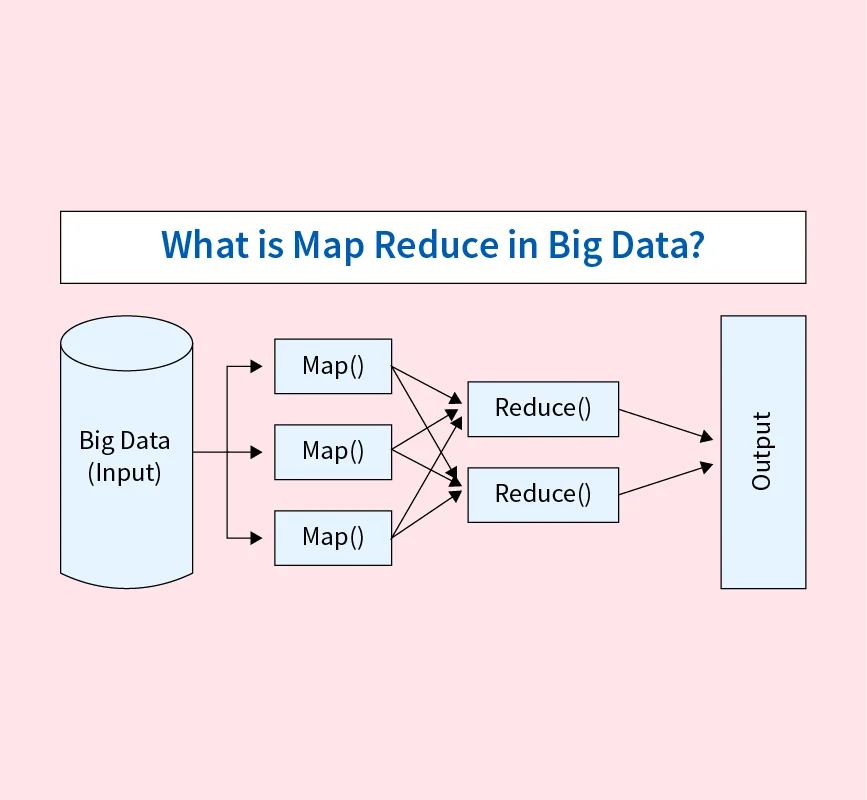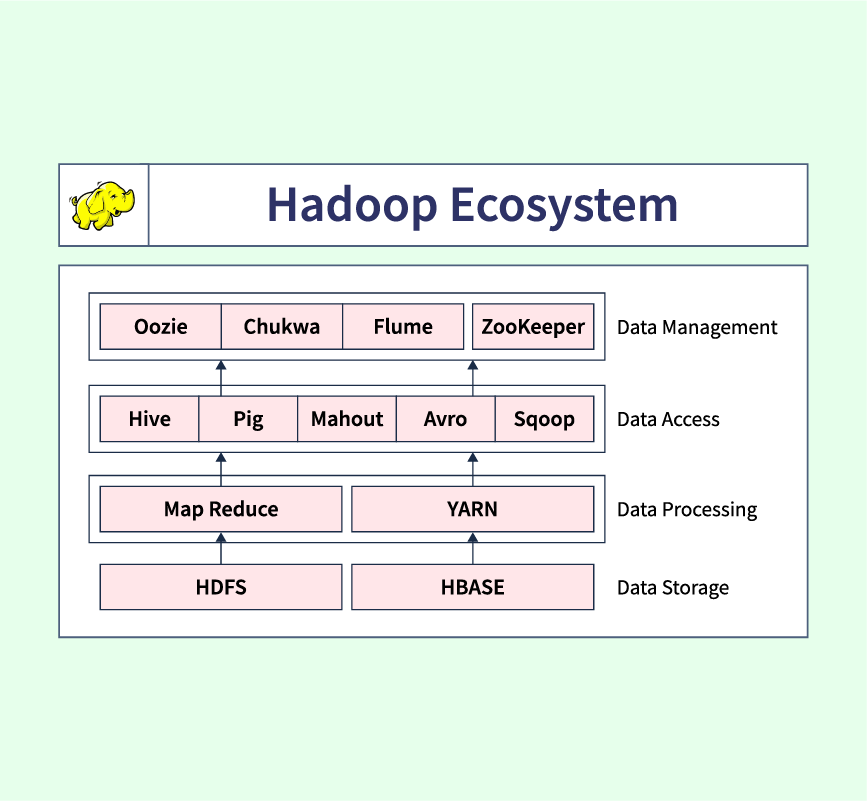Business Intelligence (BI) tools are software applications that collect, process, and visualize data to support smarter, data-driven decision-making. These tools help organizations uncover trends, monitor performance, and forecast outcomes with precision. In 2025, BI tools remain essential for translating complex data into actionable business insights across industries and team sizes.
Why Use Business Intelligence Tools?
In today’s data-driven landscape, Business Intelligence (BI) tools have become indispensable for organizations seeking to gain a competitive edge. One of their key advantages is centralized data access and visualization. BI tools consolidate data from multiple sources—such as CRM systems, spreadsheets, and cloud platforms—into a single, unified interface. This streamlines data retrieval and enables users to create interactive dashboards and visual reports with ease.
BI tools also play a crucial role in forecasting and advanced analytics. By applying statistical models, machine learning, and trend analysis, these platforms empower businesses to predict customer behavior, optimize inventory, and allocate resources more efficiently.
Another vital benefit is enhanced collaboration and reporting. Teams can access shared dashboards, annotate insights, and automate report generation, promoting transparency and faster alignment across departments. Cloud-based BI solutions further support collaboration by enabling real-time access from anywhere.
Finally, BI tools drive real-time decision-making. With live data integration and automated alerts, decision-makers can respond swiftly to emerging trends or operational issues. Whether adjusting marketing campaigns or monitoring supply chain metrics, BI tools provide the agility needed in fast-paced environments.
Top Business Intelligence Tools in 2025
1. Microsoft Power BI
Microsoft Power BI remains a market leader thanks to its familiar UI, seamless Excel integration, and enterprise-ready features. It supports both on-premise (Power BI Report Server) and cloud deployments. In 2025, Power BI is a go-to for organizations managing financial dashboards, sales performance, and supply chain KPIs. Its tight coupling with Azure services makes it ideal for enterprises already invested in Microsoft technologies.
Pricing: Free for individuals; Pro from $10/user/month; Premium plans for enterprise scaling.
2. Tableau
Known for best-in-class data visualization, Tableau empowers users to explore, analyze, and tell stories with data. Its features include data blending, geospatial mapping, and predictive analytics. In 2025, Tableau is widely used in higher education, public health, and corporate training environments where conveying insights clearly is essential. The Tableau Exchange offers pre-built templates and accelerators.
Pricing: Creator license starts at $70/user/month.
3. Qlik Sense
Qlik Sense’s in-memory associative engine allows users to freely explore data without being limited by query paths. It supports self-service analytics, augmented analytics, and embedded BI. It’s widely deployed in supply chain, manufacturing, and life sciences, offering native support for multi-cloud and hybrid environments.
Pricing: Enterprise-level pricing based on user roles and compute.
4. SAP BusinessObjects
A long-standing enterprise BI tool, SAP BusinessObjects supports OLAP analysis, pixel-perfect reporting, and integration with SAP HANA and third-party systems. It’s used in utility companies, financial institutions, and ERP-heavy enterprises for structured operational and compliance reporting. Newer versions support Fiori design and web-based data exploration.
Pricing: Tiered enterprise pricing, typically bundled with SAP systems.
5. Looker (Google Cloud)
Looker’s data modeling language (LookML) enables teams to define metrics and maintain consistent KPIs across reports. Its 2025 roadmap emphasizes real-time embedded dashboards and integrations with Google AI services. It’s a strong fit for e-commerce, SaaS analytics, and product-led teams that require developer-grade flexibility.
Pricing: Custom enterprise pricing through Google Cloud.
6. Sisense
Sisense allows teams to build custom BI solutions using low-code or no-code approaches, making it highly adaptable. It supports real-time dashboards, in-chip processing, and RESTful APIs. Industries like transportation, logistics, and software platforms use Sisense to power embedded analytics in client-facing applications.
Pricing: Usage-based pricing tailored to deployment and user scale.
7. Zoho Analytics
Zoho Analytics provides small to medium-sized businesses with an affordable yet capable BI solution. It offers automated insights, pre-built connectors, and white-labeling options for client reporting. Marketing agencies, startups, and HR departments use Zoho for campaign tracking, recruitment funnels, and basic financial overviews.
Pricing: $30/month (2 users); scalable by number of users and data rows.
8. IBM Cognos Analytics
Cognos integrates AI, machine learning, and data discovery tools into its traditional enterprise BI environment. It supports cloud, on-prem, and hybrid setups, making it suitable for regulated industries, including healthcare, insurance, and government bodies. New features include guided dashboard building and automated data prep.
Pricing: From $15/user/month; enterprise pricing for AI and automation features.
9. Domo
Domo combines BI, data warehousing, ETL, and custom app development into a unified platform. Its no-code interface lets users build alerts, workflows, and visualizations rapidly. Common in consumer goods, hospitality, and operations-driven teams, Domo also includes strong mobile support and governance controls.
Pricing: Enterprise-focused, based on usage tiers.
10. TIBCO Spotfire
Spotfire’s strength lies in its ability to perform predictive and statistical analysis on the fly. It supports real-time streaming data, custom scripting, and built-in AI recommendations. Spotfire is widely used in energy exploration, pharmaceutical R&D, and advanced scientific simulations.
Pricing: Starting at $1,250/year; cloud and on-prem options available.
11. Oracle BI
Part of Oracle Analytics Cloud, this tool supports large-scale data modeling, dashboarding, and integration with Oracle’s cloud and database systems. It’s popular among financial services, telcos, and multinational corporations requiring robust governance, security, and performance. In 2025, Oracle BI emphasizes self-service and augmented analytics.
Pricing: Custom enterprise quotes via Oracle sales.
12. SAS Business Intelligence
SAS is ideal for users who need statistical rigor in their BI. It includes visual data mining, NLP processing, and automated analysis. Used in healthcare outcomes, risk analytics, and insurance fraud detection, SAS BI offers robust support for non-technical users through guided data exploration.
Pricing: Custom quotes; academic discounts available.
13. MicroStrategy
MicroStrategy supports real-time federated data access across sources like Snowflake, SAP, and Salesforce. Its HyperIntelligence cards surface data contextually within tools users already use—like Gmail or Microsoft Word. In 2025, it’s used in retail, finance, and logistics chains for operational agility.
Pricing: Offers free HyperIntelligence trial; full plans are enterprise-tier.
14. Yellowfin BI
Yellowfin merges BI with collaborative storytelling—allowing teams to create reports with context, visuals, and narrative text. With features like Signals for anomaly detection and Stories for presentation-ready output, it’s ideal for consulting firms, media, and marketing departments aiming for data transparency.
Pricing: Viewer and creator licenses priced separately.
15. Clear Analytics
Clear Analytics is purpose-built for Excel power users who want enterprise BI control without leaving their spreadsheet environment. It offers versioning, scheduled refreshes, and audit trails—ideal for financial analysts, accountants, and compliance officers who require traceability and control over shared reports.
Pricing: Starts at $40/user/month; discounts for bulk enterprise usage.
How to Choose the Right BI Tool for Your Business?
Selecting the right BI tool depends on several key factors, starting with your business size and data maturity level. Small businesses may prioritize affordability and ease of use, while enterprises often require scalability and integration with complex systems. Assess how well the tool integrates with your existing data sources and infrastructure, and ensure it aligns with your budget. Consider the learning curve for your team—opt for a user-friendly interface if technical expertise is limited. Finally, look for vendors offering strong customer support, documentation, and an active user community to ensure long-term success.
Conclusion
In 2025, leveraging the right business intelligence tool can transform how organizations analyze, visualize, and act on data. Whether you’re a startup or an enterprise, BI tools empower smarter, faster decisions. Choosing a solution aligned with your needs ensures long-term value and a competitive edge in a data-driven world.
Frequently Asked Questions (FAQs)
1. What is the primary purpose of a BI tool?
BI tools help organizations turn raw data into actionable insights through visualization, reporting, and analysis.
2. Can small businesses benefit from BI tools?
Yes, many tools offer affordable plans and self-service dashboards ideal for small teams.
3. How secure are BI platforms?
Most BI platforms offer enterprise-grade security features like encryption, role-based access, and compliance certifications.
4. Are there free business intelligence tools available?
Yes, tools like Power BI and Tableau Public offer free versions with limited features.
5. What is the difference between BI and data analytics?
BI focuses on reporting and decision-making; data analytics dives deeper into patterns and predictions.
Read More:


